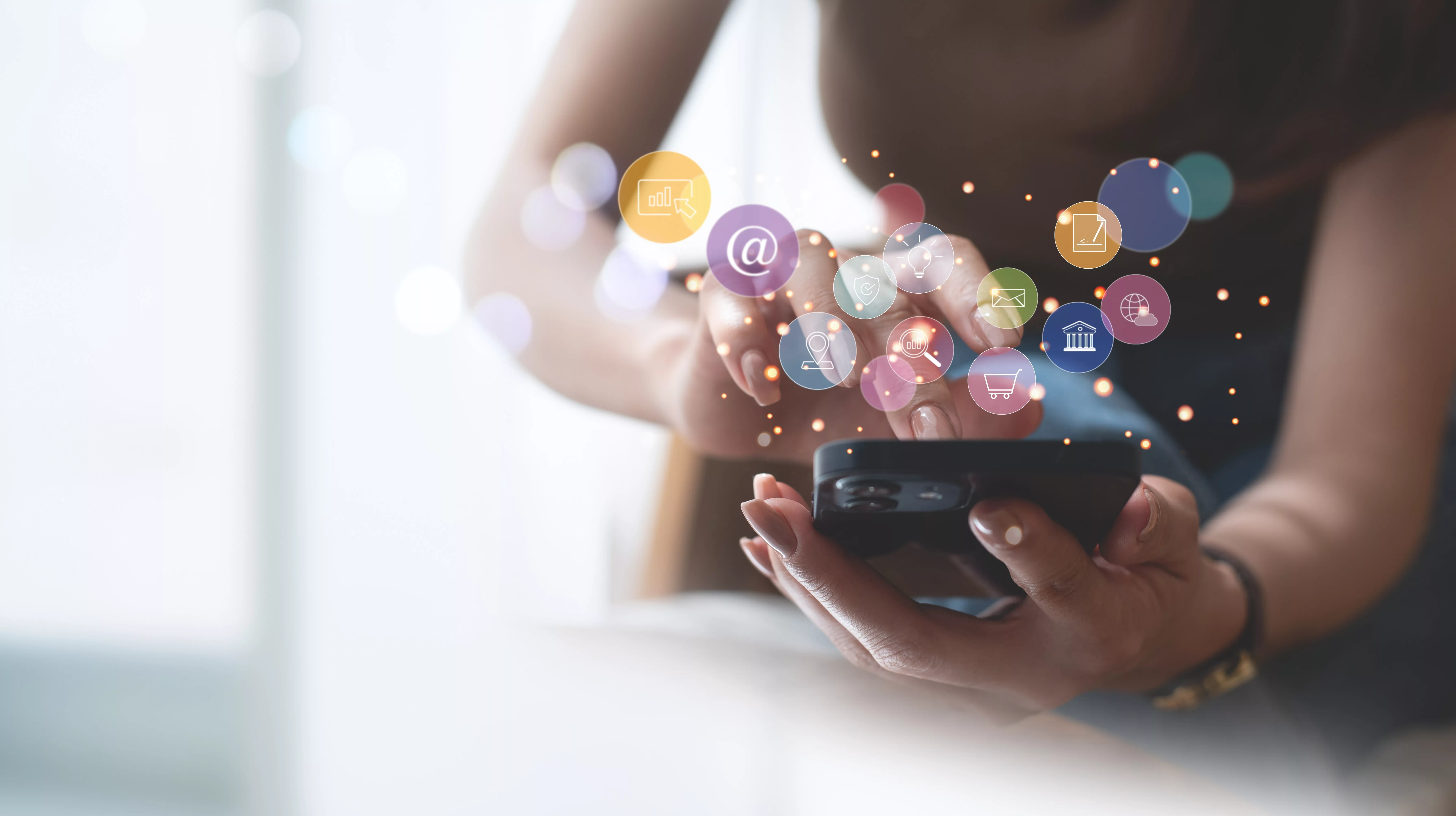There really is. Usually, several. For example:
- Online reservations for dinner? OpenTable, Resy, and Tock, among others.
- Learn a new language? Duolingo or Babbel.
- Meditation? Headspace, Calm, or Breathe may fill the bill.
- Entertainment? The number of mobile games is astounding.
And the list goes on and on. There are currently 2,375,232 apps on Google Play (for Android devices) and 1,969,043 apps on the Apple App Store (for iOS).
About 95% of apps in these stores are free to download and use; the remaining 5% or so you have to pay for. Free versions of an app usually have limited capabilities, allowing you to pay for a full version. For example, I pay annually for the premium version of MyFitnessPal so I can scan barcodes when recording what I am eating, rather than search manually.
When the first iPhone was released in 2007, Steve Jobs had no intention of allowing third-party applications on it. His position changed quickly due to backlash from developers. The original App Store premiered in July of 2008, with 500 applications for iOS, and a new App Store app as part iOS 2 (and the iPhone 3G). Originally, applications were either free or paid, but in 2009, Apple added in-app purchases, which have become the dominant form of revenue for app developers. The first Android device arrived in 2008, but Google Play didn’t arrive until 2011, with a mere 50 apps.
13 years later, Apple’s App Store and Google Play remain the dominant application stores, but there are alternatives which cater to the needs of developers (looking for a better revenue sharing deal than that offered by the Big Two) and customers (looking to pay less, or for apps which the Big Two won’t carry).
For end-users, using an app store has a couple of benefits. Google and Apple review applications before they can be published, so users can expect a certain level of quality. And because app stores are where most developers publish their apps, finding an app is easier (although one can easily be overwhelmed by the number of results). As for Apple and Google, they saw revenues of $89 billion and $47 billion, respectively, so the benefit to them is pretty clear.
As a developer, you have to register with Apple or Google to publish an app in their respective stores. The barrier to entry is low: Google presently charges a one-time fee of $125 and Apple requires an annual payment of $99. The trick is developing an app that makes money.
Some developers don’t have to worry about that. They are paid for developing apps that their clients give away for free (just like there are website developers that specialize in websites for small businesses too small to undertake such development on their own). For example, KRVR, a local radio station owned by Amaturo Sonoma Media Group (which publishes Northbay biz) has a free app on both the App Store and Google Play. If you dig a little deeper, you’ll discover that it was developed by Intertech Media LLC, which specializes in apps for radio stations.
And just as there are services like SquareSpace and Wix, which allow you to build your own website without having to write code, there are services which allow you to build your own ”no code” app. For examples, try searching Google for “I need an app for my <type of business>”.
But the real question is: Does your business need an app? That’s a question that I’ll try to address in my next column. If your business has an app, please tell me about your experiences (and maybe get a mention): mike@mikeduffy.com
My ‘year of health’ reaches halfway point
July 1 marked the end of the first half of my “year of health,” so it seems appropriate to provide an update. My original goal was to lose 30 pounds, at the rate of two pounds a week. Although I lost 10 pounds during January, that rate proved impossible to maintain. After six months, I have lost exactly 19 pounds, which works out to 0.73 pounds a week. My Body Mass Index (BMI) has gone from 33.0 (“obese”) to 29.9 (merely “overweight”).
Assuming I continue at that rate, I will reach my 30-pound goal in another 15 weeks (sometime in mid-October). I still need to walk a lot more than I do, but I am drinking considerably more water each day. For me, the key elements have been: daily weigh-in on my Withings scale, tracking weekly and monthly targets for my weight in a spreadsheet, and keeping my calorie intake below 1,500 calories a day by logging everything I eat into MyFitnessPal. I like food and wine, so that isn’t always possible, but you can’t avoid the fact that it’s all too easy to consume an excess of calories. My superpower is that I don’t require a lot of variety in what I eat, so I have a small set of breakfasts, lunches, dinners and snacks which keep me on track.
Alas, there’s not an app for willpower (yet).
Michael E. Duffy is a senior software engineer for Atlanta-based mobile gaming company Global Worldwide (globalworldwide.com), who lives in Sonoma County. He has been writing about technology and business for NorthBay biz since 2001.
Author
-

Michael E. Duffy is a 70-year-old senior software engineer for Electronic Arts. He lives in Sonoma County and has been writing about technology and business for NorthBay biz since 2001.
View all posts




